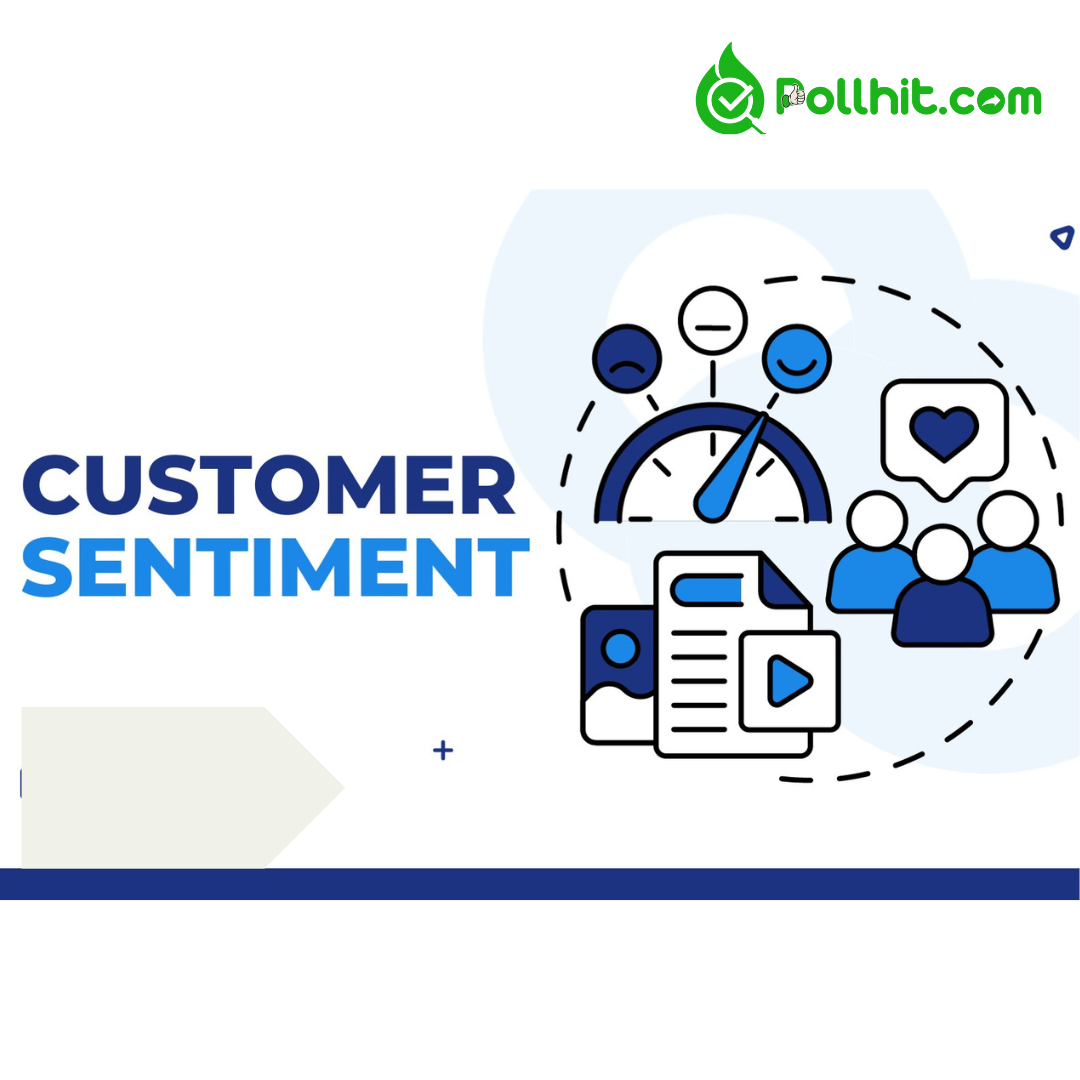Frustration among customers is never a good thing. According to research, 71% of consumers become irate when a company does not provide them with a personalized experience. This feeling of frustration is a feeling. Additionally, emotions have a tremendous influence on how clients act. They might advise their friends not to utilize your items or cease making purchases from you.
We’ll examine the idea of customer sentiment in this post to see why it’s important and how you can utilize it to boost sales.

The concept of customer sentiment
To begin with, let us define “sentiment.” The word, which we inherited from our neighbors in France, refers to “feeling or emotion.”
You might assume that quantifying an emotion would be difficult, and to some extent, you would be correct. Measuring something as subjective as emotion is not easy, particularly when it comes to our ever-evolving and changing clients.
That being said, it’s not insurmountable. For years, businesses have been figuring out how to gauge client mood. They monitor social media comments and do customer satisfaction surveys, among other things.
Within the realm of business, customer sentiment refers to the feelings and viewpoints that clients have toward your organization, goods, or services. It sheds light on their feelings when they interact with your brand.
The difference between customer sentiment and satisfaction
Although they sound similar, customer sentiment and satisfaction differ significantly.
Generally speaking, customer satisfaction gauges if a product performs as intended. If you purchase a toaster, for instance, customer satisfaction would gauge how well it toasts your bread.
Customer sentiment, on the other hand, examines the customer’s experience with the product. Was it fun for them to use the toaster? Was using it simple? Did it make their morning schedule better?
Therefore, a product that fulfills its expectations but does nothing extra could have a high satisfaction rating but a neutral opinion.
On the other hand, a product that fulfills its promise and makes the user happy will receive both a high satisfaction rating AND favorable feedback from the user.
Why customer sentiment matters
Now, it won’t matter much how one buyer feels about your product or brand. Customer sentiment, however, plays a significant role in how all of your customers feel and has the power to affect your entire company.
A positive Net Promoter Score indicates that your consumers are happy, which can keep them coming back and even tell others how wonderful you are. Negative feedback might cost you business and cause you to lose clients.
Let’s take the scenario where you offer a toy that breaks quickly. Parents become irate and believe your business doesn’t value quality as a result. You might lose them as customers. And things can quickly spiral out of control when social media is involved. Negative remarks have the ability to spread quickly, making you well-known before you realize it.
Loyalty and retention
Customers are more inclined to remain around and purchase from you rather than your rivals when they have a favorable impression of your brand.
Consider this: you are likely to return to your favorite coffee shop if the staff is consistently kind and remembers your normal order. Being there makes you feel good, and it makes you a loyal customer.
With products, the same thing takes place. Customers will want to stick with your goods if they enjoy using it and find it to be uplifting. Because they believe in you, they might even purchase other items from your company.
It is essential for firms to have this loyalty. Maintaining current clientele is 3–6 times less expensive than acquiring new ones. Additionally, devoted clients frequently spend over time.
The role of sentiment in strategy
Whether your strategy is poorly defined or a part of a formal customer experience management program, consumer sentiment plays a more significant role beyond averting a social media disaster and keeping customers.
First of all, monitoring it over time enables you to identify patterns and trends in the emotions of your clientele.
You can identify areas for improvement by doing this. For instance, it may indicate that customers dislike the new feature if previous year’s mood improved but deteriorated after it was implemented. It may need to be changed or removed.
Additionally, considering customer sentiment when making decisions might result in more effective customer-focused tactics. If you are aware of the preferences of your clients,you can make choices that will make them happier.
Methods for measuring sentiment
You must first gauge client sentiment in order to take advantage of sentiment insights. Since there are numerous approaches to measuring consumer sentiment, the method you choose will rely on the resources at your disposal. Some are qualitative, meaning they examine specific criticism and remarks. Others utilize scores and figures because they are quantifiable.
Typical methods include of:
Surveys and feedback forms
First, the most conventional approach is still highly effective. Because they are direct from the source, customer surveys are valuable. In their own words, your customers express their feelings to you.
With the help of the contemporary tool SmartSurvey, creating and sending surveys is simple. Along with many other survey capabilities, it offers real-time results display, customizable customer survey templates, and much more. We are able to offer both quantitative and qualitative data from our surveys. To obtain more in-depth input on customer opinion, we advise use open-ended questions.
People will be able to express their opinions about your business, service, or product in more detail this manner.
Social media monitoring
Brand mentions and reviews are monitored by tools like as Hootsuite and Sprout Social on social media sites like Twitter, Facebook, and Instagram. They aid in keeping an eye on what others are saying about you online.
But remarks on social media by themselves hardly offer a whole emotional picture. Platforms have a tendency to lean negatively, with dissatisfied users more likely than happy ones to make public posts. Plus, it might not be the ideal choice for your business right now if you’re new and don’t receive many mentions.
Customer sentiment analysis software
Machine learning is used by new AI-powered systems to evaluate sentiment across massive amounts of textual data. To classify sentiment, algorithms look for emotional keywords, tones, and patterns.
These days, artificial neural networks can reach 85% accuracy. Still, there are a few glitches in the contextual understanding technologies that need to be ironed out.
Wrapping up
Customer sentiment, which encompasses the feelings, opinions, and attitudes of customers towards products and services, is a powerful source of invaluable emotional insights that can significantly improve various aspects of a business. By carefully analyzing and understanding customer sentiment, companies can gain a deep understanding of what drives customer satisfaction and loyalty. This insight allows businesses to make informed decisions to enhance their offerings, communication strategies, and overall customer experience. Actively listening to customer feedback, whether it is positive or negative, is crucial for businesses to continuously improve and adapt to the ever-changing needs and expectations of their customer base.
